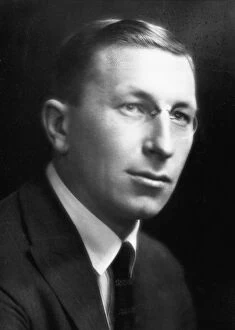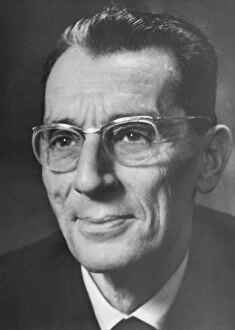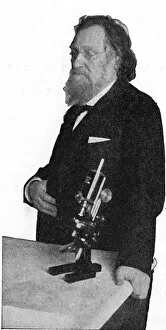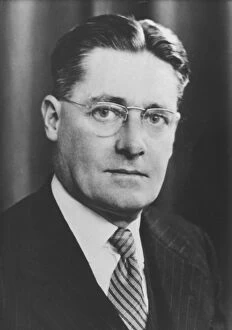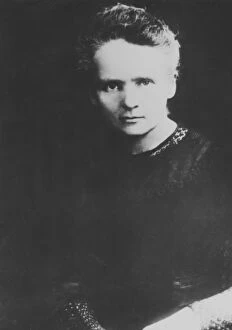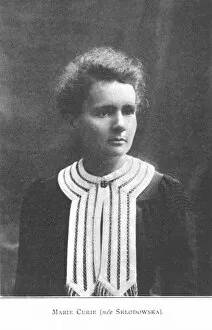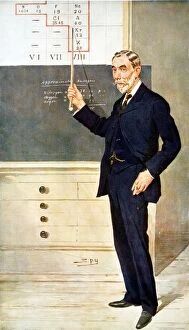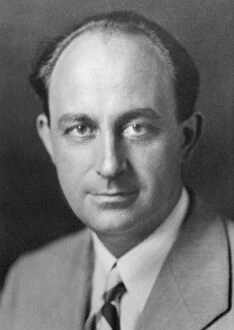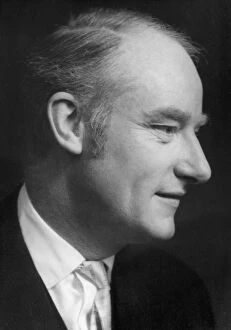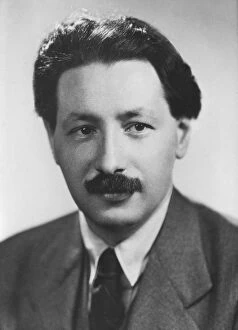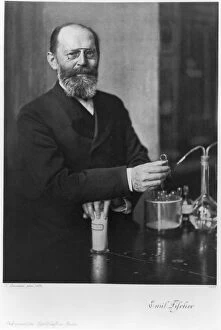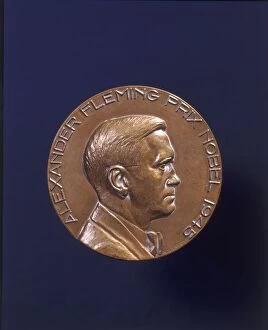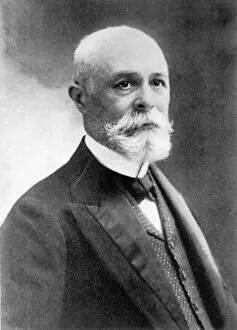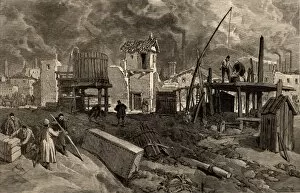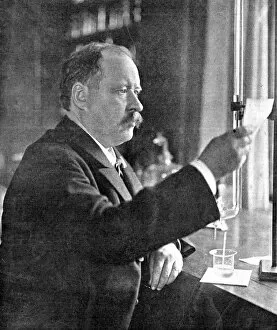Nobel Collection (page 7)
"Nobel: Celebrating the Brilliance of Scientific Minds and Artistic Souls" The concept encompasses a vast array of achievements in science, literature, and peace
All Professionally Made to Order for Quick Shipping
"Nobel: Celebrating the Brilliance of Scientific Minds and Artistic Souls" The concept encompasses a vast array of achievements in science, literature, and peace. From the intricate Cortical grey matter schema by Santiago Ramon Y Cajal to the detailed Histological Diagram of a Mammalian Retina, Nobel laureates have left an indelible mark on human knowledge. One such luminary was Paul Dirac, who received the prestigious Nobel Prize in 1933 for his groundbreaking work in quantum mechanics. His contributions revolutionized our understanding of the subatomic world and paved the way for countless scientific advancements. Santiago Ramon Y Cajal himself was honored with a Nobel Prize in 1906 for his pioneering research on the structure of neurons. This Spanish scientist's meticulous studies laid the foundation for modern neuroscience and forever changed our perception of how our brains function and has recognized exceptional individuals outside the realm of science. Marie Curie, a Polish physicist and chemist, became not only one but two-time recipient of this esteemed award. Her groundbreaking discoveries in radioactivity remain unparalleled to this day. W. B Yeats' poetic genius earned him recognition as well when he won the Nobel Prize in Literature. His profound words continue to resonate with readers worldwide, leaving an enduring legacy that transcends time. Tagore, another literary maestro from India, captivated hearts with his soul-stirring works that explored themes like love, spirituality, and societal change. The Swedish Academy acknowledged his brilliance by awarding him with a Nobel Prize in Literature. In addition to these luminaries' accomplishments stands Roentgen X-Rays Patient - an anonymous figure representing all those whose lives were transformed by Wilhelm Conrad Roentgen's discovery. By harnessing X-rays' power to see inside living organisms without invasive procedures or surgery, Roentgen revolutionized medical diagnostics forever.


